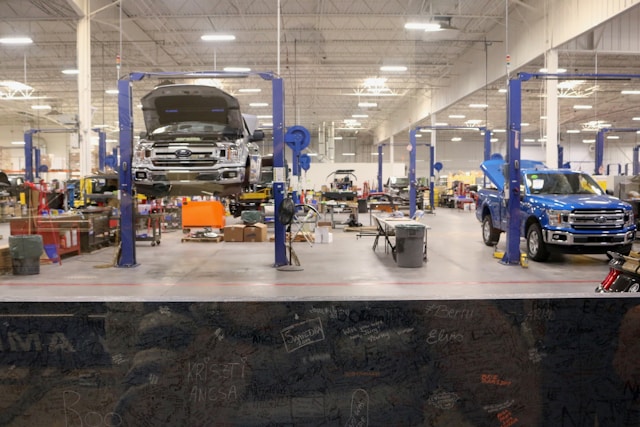Increased tariffs in the U.S. are forcing automakers to rethink their strategies, and Honda’s Alliston plant may be at the center of this shift.
Honda’s manufacturing footprint in North America might soon look very different. Reports suggest that the Japanese automaker is exploring major adjustments to its production strategy due to escalating U.S. tariffs on imported vehicles. These changes could significantly alter operations at the company’s long-standing Alliston, Ontario facility, a staple of Canadian automotive production for decades.
The potential shake-up is part of Honda’s broader goal to produce 90% of the vehicles it sells in the U.S., within the U.S. itself. The Alliston plant, which has been a key hub for manufacturing CR-Vs, now faces uncertainty as Honda considers relocating some production to the U.S. This bold move aims to mitigate the financial impact of heightened tariffs, which threaten to increase costs for vehicles imported to the American market from Canada and Mexico.
While details remain sparse, the implications for Alliston are profound. The plant has been a cornerstone of Honda’s presence in North America, employing thousands and contributing substantially to the local economy. A shift in production could potentially affect jobs and ripple across related industries in the region.
Honda’s decision appears to be a direct response to U.S. policies that incentivize domestic manufacturing. These policies aim to bolster U.S-based production but unintentionally place facilities like Alliston’s at a disadvantage. As Honda evaluates its options, questions loom about how the Canadian government and regional stakeholders might respond to retain such a critical player in Alliston’s economy.
However, this is not solely a challenge for Honda or Alliston. The situation underscores a broader trend in global manufacturing where localized production becomes a necessity rather than an option, especially in light of geopolitical tensions and economic policies prioritizing self-reliance.
For the moment, Alliston remains a vital part of Honda’s operations. But with shifting economic currents and rising tariff barriers, the future holds significant uncertainty. The decisions Honda makes in the coming months could set a precedent for how automakers adapt to an increasingly fragmented global trade landscape.
The stakes are high, not just for Honda but for the broader North American auto industry. As this story unfolds, the spotlight remains on Alliston—a community waiting to see how Honda navigates the challenges of a tariff-heavy economy.
References:
Honda may shift Alliston, Ont. some production to U.S. amid tariff increase: report

